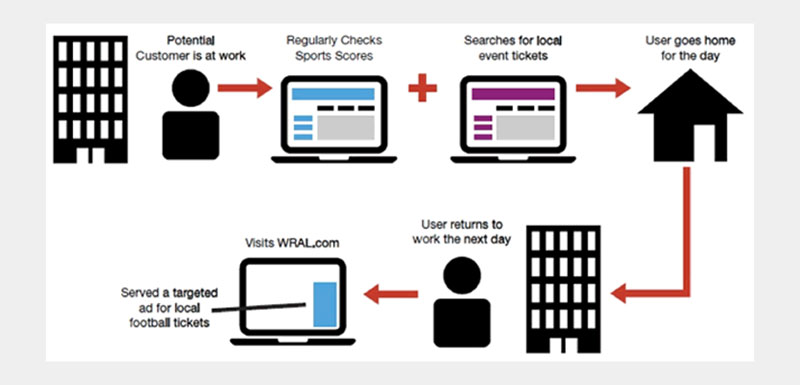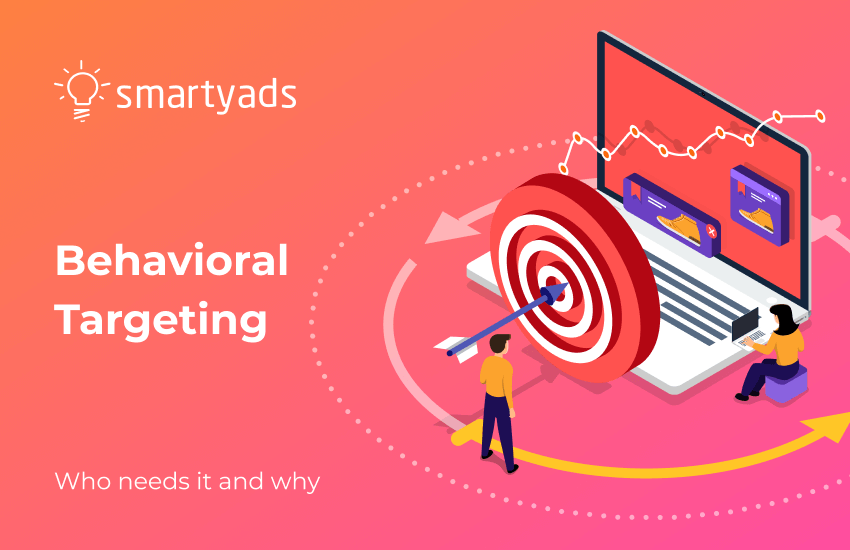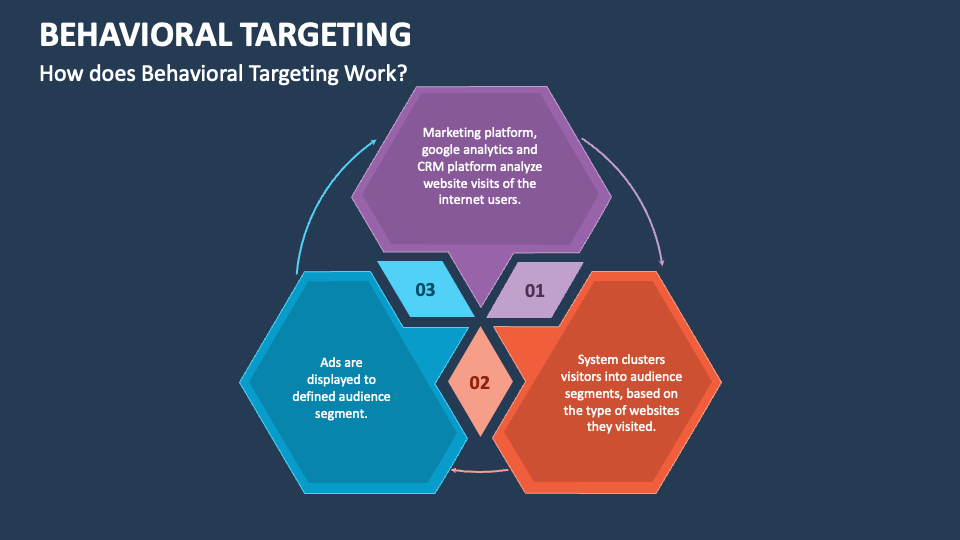Behavioral targeting works by tracking users’ online activities to serve personalized ads. This method uses data like browsing history and purchase patterns.
Behavioral targeting leverages data to improve ad relevance. It collects information about users’ online behavior, such as websites visited, time spent on pages, and past purchases. This data helps create detailed user profiles. Advertisers use these profiles to deliver ads that match individual interests and needs.
This approach increases the likelihood of engagement and conversion. By understanding user behavior, companies can tailor their marketing strategies effectively. This method benefits both advertisers and users by making ads more relevant and less intrusive. Effective behavioral targeting can significantly boost ad performance and user experience.
Introduction To Behavioral Targeting
Behavioral targeting tracks users’ activities online. It collects data on what people do. This includes the websites they visit and the content they view. Advertisers use this data to show relevant ads. The goal is to increase engagement and sales. Targeted ads are more effective than random ads. They are shown to people who are interested in them.
Behavioral targeting helps reach the right audience. It saves money by reducing wasted ad spend. Brands can show ads to people who are likely to buy. This improves return on investment (ROI). Marketers can create personalized ads. Personalization makes customers feel valued. Happy customers are more likely to buy again. This builds brand loyalty over time.

Credit: tms-outsource.com
The Mechanics Behind Behavioral Targeting
Behavioral targeting starts with data collection. Websites track user actions like clicks and visits. This data helps understand user interests. Cookies and web beacons collect this data. They store user preferences and browsing history. This information is very valuable for advertisers.
After collecting data, the next step is analysis. Tools analyze patterns in user behavior. They look for trends and common interests. This helps in creating user segments. Segmentation groups users with similar behaviors together. Each segment gets personalized ads. This increases the chance of user engagement.
Key Technologies Powering Behavioral Targeting
Cookies are small files stored on your computer. They help websites remember you. Tracking pixels are tiny images that collect data. They track user behavior on websites. Together, they gather data about users. This data helps in showing relevant ads. Users see ads based on their past actions. This improves the user experience.
Machine learning algorithms analyze user data. They predict what users might like. These algorithms become smarter over time. They learn from user behavior. This helps in creating personalized experiences. Users get content that matches their interests. These algorithms make targeting more accurate.
Strategies To Enhance Roi With Behavioral Targeting
Personalized ad campaigns show users ads based on their past actions. This increases engagement. Ads are tailored to user interests. They feel more relevant. Users are more likely to click. This leads to higher conversion rates. Personalized ads can boost ROI significantly. They also improve user experience.
Retargeting shows ads to users who visited your site. These users showed interest before. Reminding them can lead to conversions. Retargeting helps capture lost opportunities. Users may return to complete a purchase. This strategy keeps your brand in their mind. Retargeted ads often have higher click-through rates. They are cost-effective and efficient.
Ethical Considerations And User Privacy
Behavioral targeting must follow strict rules. Regulations protect user privacy. These rules are made by governments and organizations. Companies must adhere to these rules. They cannot ignore them. This ensures users’ data is safe.
Users need to know how their data is used. Companies should be transparent. They must tell users what data is collected. Users should give consent. They must agree to the data use. Without consent, it is not ethical.

Credit: smartyads.com
Future Trends In Behavioral Targeting
AI is changing behavioral targeting. AI algorithms can now understand user behavior better. This helps in creating more personalized ads. The accuracy of targeting improves every day. Businesses can reach the right audience. They can do this without wasting resources. AI helps in predicting future behavior too. This makes campaigns even more efficient.
Consumers care about their privacy. Companies are now using privacy-first approaches. They collect data with user consent. This builds trust between users and companies. Less intrusive methods are being developed. These methods respect user privacy. Data anonymization is another key trend. It keeps user identity safe. Privacy laws are also getting stricter. Companies must adapt to these changes.

Credit: www.collidu.com
Frequently Asked Questions
What Is The Process Of Behavioral Targeting?
Behavioral targeting involves collecting user data, analyzing online behavior, and delivering personalized ads based on browsing habits, clicks, and interests.
How Does Behavioral Marketing Work?
Behavioral marketing targets ads based on users’ online behavior. It tracks browsing history, clicks, and purchases to personalize content. This approach increases engagement and conversions.
How Can Behavioral Targeting Present A Risk To Our Privacy?
Behavioral targeting tracks online activities, collecting personal data without consent. This can lead to unauthorized data sharing and potential misuse.
What Is The Difference Between Audience Targeting And Behavioral Targeting?
Audience targeting focuses on demographic traits like age, gender, and location. Behavioral targeting uses online behavior, like browsing history and past purchases.
What Is Behavioral Targeting?
Behavioral targeting uses data on user behavior to show personalized ads. It aims to improve ad relevance and engagement.
Conclusion
Behavioral targeting enhances user experience and boosts marketing efficiency. By understanding user behavior, businesses can deliver personalized content. This method increases engagement and conversion rates. Implementing behavioral targeting can greatly benefit your marketing strategy. Stay informed on data privacy regulations to maintain trust and compliance.
